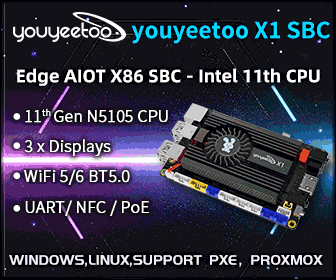Crowdfunding Initiative to Open AMLogic AML8726-M3 STB Source Code
J1nx (Peter Steenbergen) has spend a lot of time together with XBMC developers to try to bring XBMC (Linux) to ARM based set-top boxes, and initially AllWinner A10 processor seemed like a good candidate, unfortunately due to the lack of proper video engine libraries for Linux, progress on this SoC has been extremely slow. Then when Pivos and XBMC announced Pivos Xios DS set-top box based on AMLogic aml8726-M(1) would support XBMC natively, and the kernel and bootlooader (u-boot) source code was made available both on Pivos github account and AMLogic open source website, AML8726 series of processors appeared to be an ideal solution for this purpose. Instead of AML8726-M (aka AML8726-M1) which is limited to 512 MB, it was decided instead to use a faster processor AML8726-M3 that supports 1 GB RAM. The STB of choice is based on “MBX – f16ref” which should be some kind of development […]





